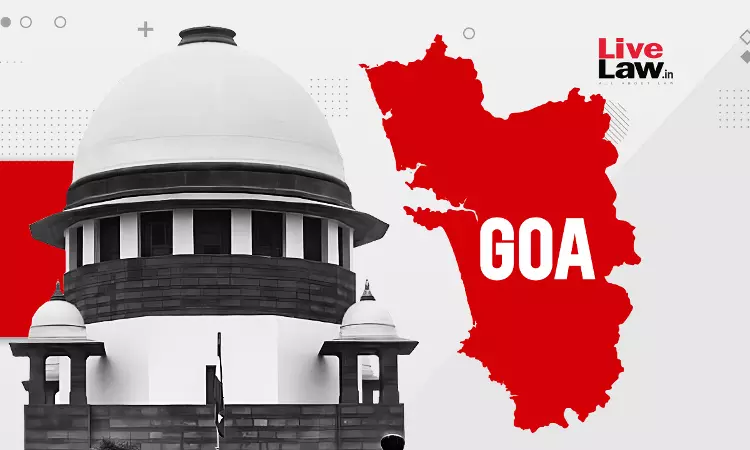Existing Criteria For Identification Of Private Forests In Goa Valid, Require No Alteration: Supreme Court
Debby Jain
29 Jan 2024 3:27 PM IST

Next Story
29 Jan 2024 3:27 PM IST
In appeals filed for modification of the criteria for identification of private 'forests' in State of Goa, the Supreme Court recently ruled that the existing criteria are adequate and valid, and require no alteration. "...the issue relating to identification and demarcation of private forests in the State of Goa has attained finality on three criteria as indicated herein supra pertaining...
